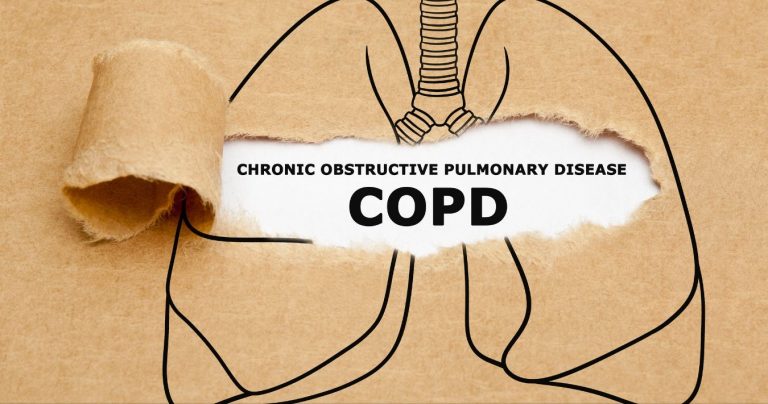Signs and Symptoms of Fabry Disease
Fabry disease affects one in 15,000 people. While rare, experts estimate that this genetic condition often goes underdiagnosed. In other words, many people who have this disease might not even know it. So, what are some common signs and symptoms of Fabry disease?
- Pain in hands or feet.
- Numbness, tingling or burning sensations in hands or feet.
- Small, dark, red spots on the skin.
- Less sweating than normal.
- Leg and feet swelling.
- Fatigue.
- Weakness.
- Foggy vision.
- Stomach pain.
Additionally, symptoms may vary between men and women. Fabry disease can also be categorized into Type 1 and Type 2. Type 1 begins in early childhood, often with burning sensations in the hands or feet. Meanwhile, Type 2 often develops in early adulthood or later.
Unfortunately, both types tend to get worse with age. This is largely due to the accumulation of fat in the blood vessels as time goes on.
Fabry disease, an X-linked lysosomal storage disease, is a rare genetic condition where the body can’t properly break down certain types of fat. As a result, this fat builds up in the blood vessels and organs throughout the body. This buildup can lead to problems with the heart, kidneys and nervous system, causing symptoms like pain in hands and feet, decreased sweating and skin rashes.
For some, they might barely notice any symptoms—the main reason why this genetic disease often goes undiagnosed. Others, however, may experience very serious symptoms.
How Each Part is Affected
Below, we take a closer look at each organ, system or body area potentially affected.
Kidneys
A serious complication of Fabry disease is kidney failure. Narrowed blood vessels due to Fabry disease often lead to kidney damage. Commonly, you may notice swelling in your feet or legs and even blood in your urine.
Heart
Like the kidneys, the heart is also susceptible to damage due to the build-up of fats in the blood vessels. This can lead to irregular heart rhythms, the formation of scar tissue and potentially even a stroke or heart valve issues.
Lungs
Occasionally, an individual may cough or experience shortness of breath. This can be particularly evident in those who smoke regularly.
Skin
While it may seem like skin cells are turning red, these small, dark red spots (called angiokeratomas) appear because fats build up inside the small blood vessels just beneath the skin’s surface. These spots typically appear between childhood and young adulthood—most commonly on the lower half of the body.
Nervous System
Pain is one of the most common signs and symptoms of Fabry disease. You may experience episodes of pain in your hands or feet. And this pain can vary from mild to an inability to do anything else because of it.
Alongside pain, individuals may experience fever, body aches and fatigue. Burning and tingling in the hands and feet are also fairly common. Women tend to report pain more often with this condition than men.
Digestive System
This genetic condition is often associated with digestive difficulties. It can cause loose stools, excessive gas, bloating, nausea, cramps and vomiting. About 50% of women with Fabry disease experience symptoms similar to Irritable Bowel Syndrome (IBS).
Eyes
A cloudy or foggy vision is quite unusual; however, due to its uniqueness, it is often the reason Fabry disease is diagnosed. You might see hazy streaks or circular patterns.
Ears
Tinnitus (ringing in the ears) may happen. Additionally, hearing loss may also occur or get worse as time goes on.
Treatment for Fabry Disease
While there’s no cure for Fabry disease, there are treatment options available and ways to manage the symptoms. The two most common treatments include:
Enzyme Therapy
This involves increasing the levels of the malfunctioning or missing enzyme in the body, which causes Fabry disease. This type of therapy is done through IV or an oral capsule.
Medications
Other commonly prescribed medications help manage symptoms, as well as help prevent life-threatening complications. These may include:
- Carbamazepine, gabapentin or phenytoin.
- ACE inhibitors.
- Gastrointestinal medications.
Additionally, depending on your symptoms, you may be recommended hearing aids or specific skin treatments.
Since the symptoms tend to increase in severity over time, regular monitoring is also key. You will likely require regular health screenings, which include blood tests, urine tests, hearing tests, brain imaging, heart monitoring and more.
It’s worth noting that eventually, you may need to see specialists including neurologists, cardiologists, nephrologists and ophthalmologists—depending on your specific symptoms. However, don’t lose hope! Many individuals live full and vibrant lives with proper management of this condition.
Read on to learn about smoldering myeloma.

